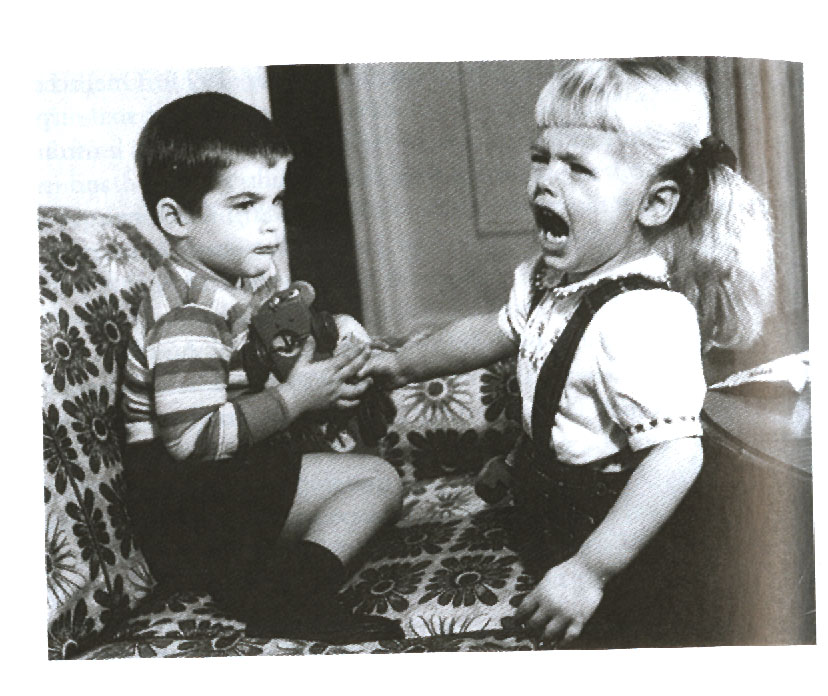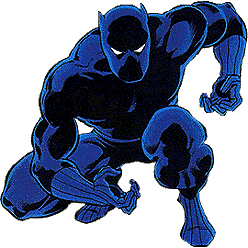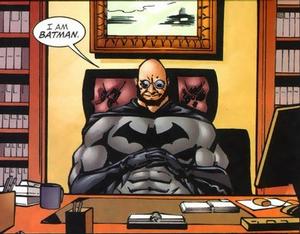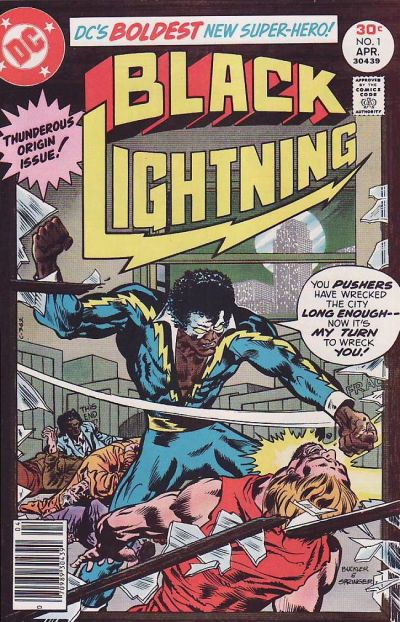
POW! ZAP! CRASH! : Aggression in Comic Books and biases in Social Information Processing
by
Mr Editor
on Fri 03 Sep 2010 07:03 AM BST
ABSTRACT
"This work examines the effects of violent media on aggression. It’s thought that widespread exposure to violent entertainment media contributes to high levels of violence and aggression in modern societies (Anderson & Bushman, 2002) and that violent themes may have negative impact on individuals functioning (Kirsh & Olczak, 2000). The study uses 128 subjects in a Between-Subjects design. The subjects are a convenience sample recruited from both a university setting and from on-line comic book message boards. The study, which uses Extremely Violent Comic Books (EVCB) to prime the aggressive network, examines the effects of ambiguous provocation stories on perceptions of overt and relational aggression. According to the General Aggression Model (GAM) the long-term effects of exposure to violent media is primarily the eventual automatization of aggressive knowledge structures (Anderson & Bushman 2001). The results indicate that long term exposure to comic books has no effect in the development of a hostile attribution bias. There are no differences between comic readers and non-comic readers. Earlier studies find that each gender perceives similar levels of violence but prefer different ones. In this study subjects perceived the same amount of violence with no sign of the classic effects predicted by the earlier research. What the data does support is the contention that short term exposure to EVCB causes a short term hostile attribution bias. It’s found that aggression is affected by situa tional factors such as exposure to violent media and by personal factors such as trait hostility.
tional factors such as exposure to violent media and by personal factors such as trait hostility.
Earlier work suggests that females respond more aggressively to relational ambiguous scenarios than males do. It’s also suggested that males responded more vigorously to ambiguous scenarios involving overt aggression. This study confirmed the high scores for females’ responses to relational scenarios but did not confirm the effect for males’ responses to overt scenarios. The studies have problems with lack of variability of aggression response factors, sabotage, unrepresentative sampling and self selection bias. Solutions are proposed to make the experiment more efficient and potential areas for future research, particularly between specific personality factors and trait hostility, are suggested. A discussion on the positive effects of comic books, the history of censorship and the effects of potential stigmatisation on both readers and the medium itself. In the end the ultimate conclusion of the work is that anything can cause associations of violence and that processing ambiguous situations is related to both personality based variables (hostility) and environmental factors (violent media). These personality variables are a much stronger predictor of violent thoughts and behaviours than short-term exposure to violent media is.
article by: John Munro





 tional factors such as exposure to violent media and by personal factors such as trait hostility.
tional factors such as exposure to violent media and by personal factors such as trait hostility. 